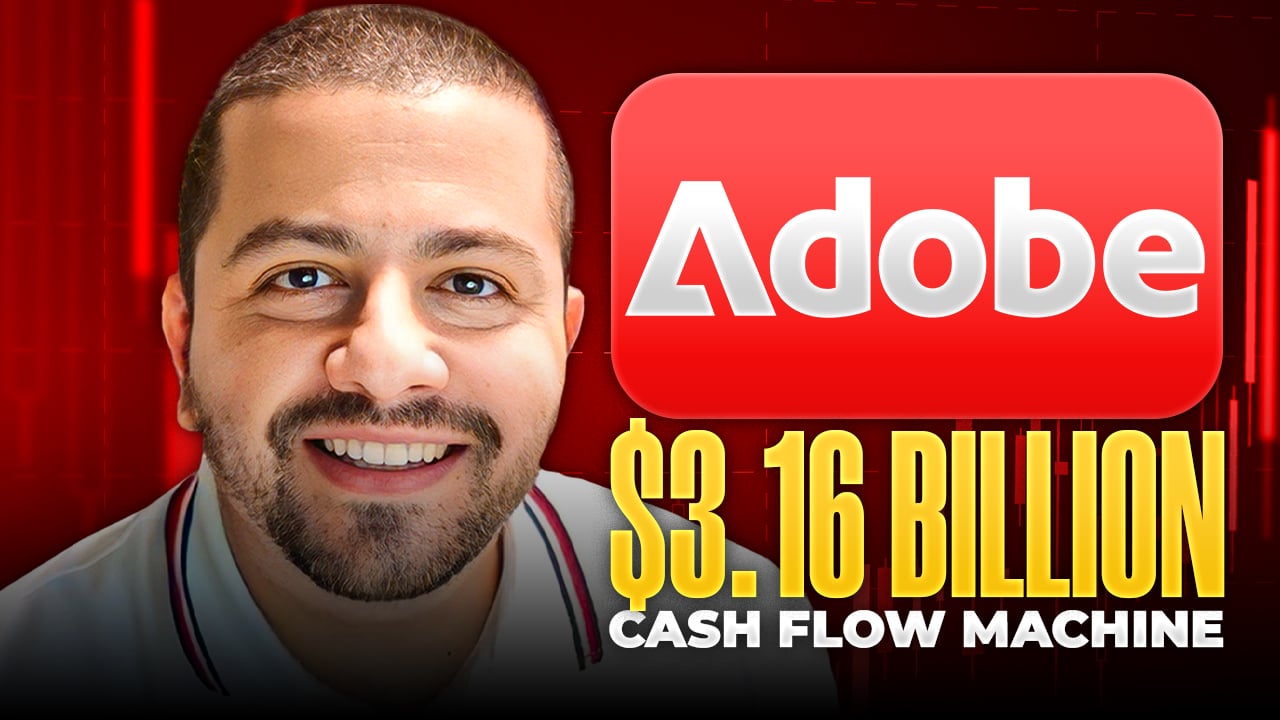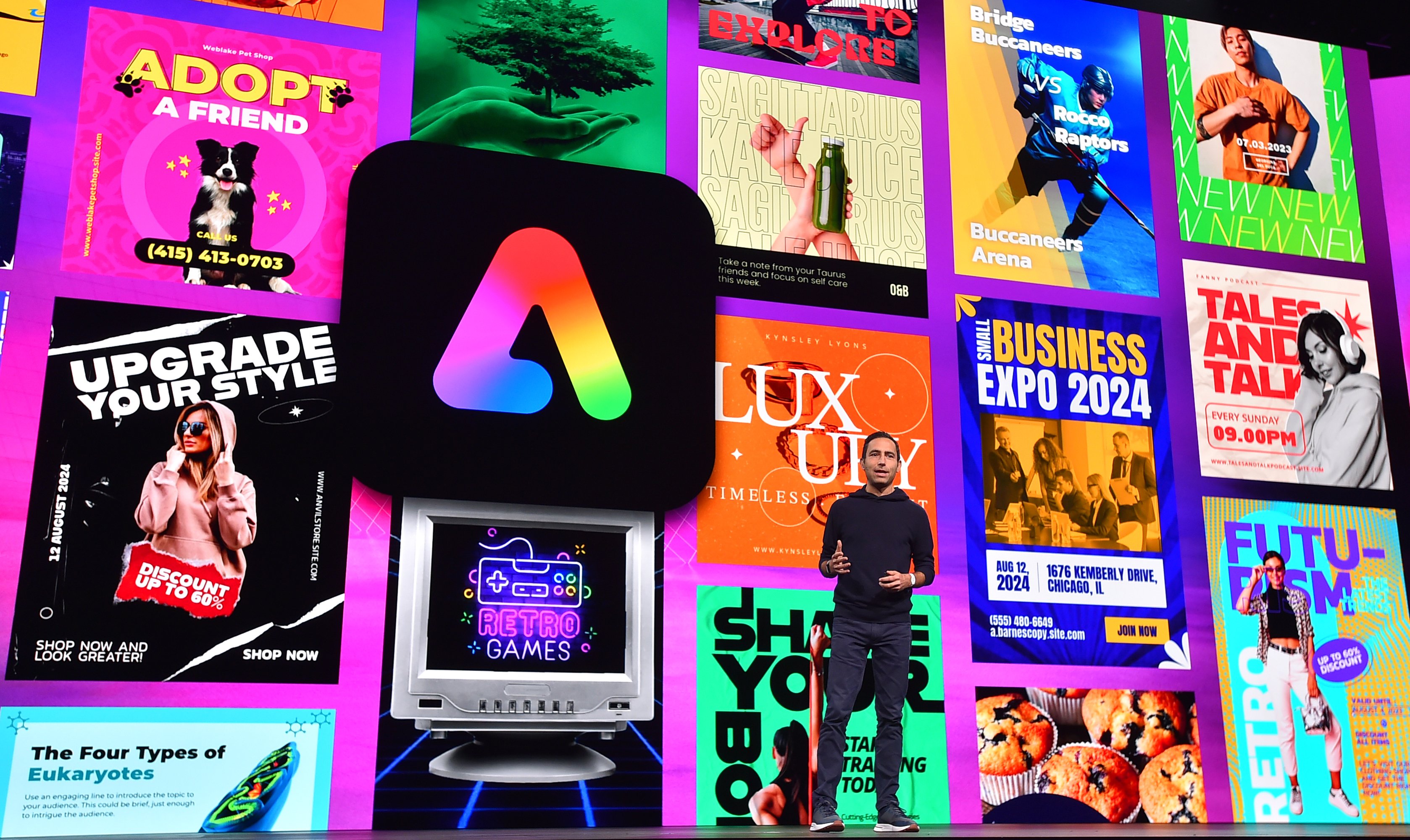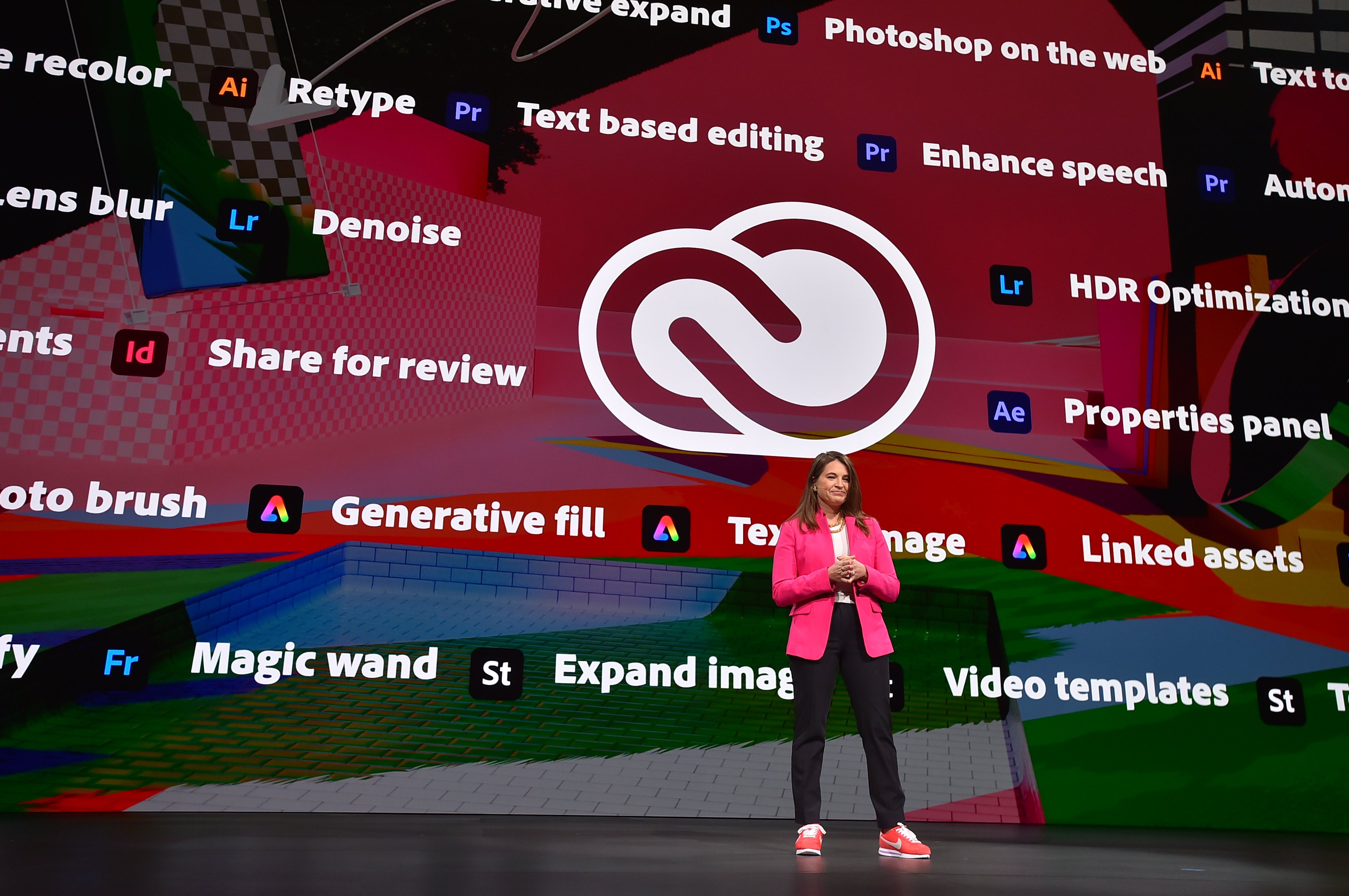Multimedia software specialist Adobe (ADBE +0.01%) reported fourth-quarter results on Thursday evening. The company beat Wall Street's consensus estimates across the board and issued solid guidance for the 2020 fiscal year.
Adobe's fourth quarter by the numbers
|
Metric |
Q4 2019 |
Q4 2018 |
Change |
Analyst consensus |
|---|---|---|---|---|
|
Revenue |
$2.99 billion |
$2.46 billion |
22% |
$2.97 billion |
|
GAAP net income |
$852 million |
$678 million |
26% |
N/A |
|
Adjusted earnings per share (diluted) |
$2.29 |
$1.83 |
25% |
$2.26 |
Data source: Adobe. GAAP = generally accepted accounting principles.
What's next?
Looking ahead, Adobe issued first-quarter revenue guidance of approximately $3.04 billion, with an adjusted earnings target near $2.23 per share. The bottom-line guidance was in line with the current Street view, while the revenue target fell slightly below analysts' consensus estimates of $3.09 billion.
Whatever revenue weakness Adobe expects in the first quarter should be ameliorated by a stronger second half of fiscal year 2020, though. The company's full-year guidance calls for adjusted earnings near $9.75 per share on sales in the neighborhood of $3.15 billion. Both of these targets stand a rounding error away from matching Wall Street's projections.

Image source: Getty Images.
Adobe wants to become a digital-marketing monster
Subscription-based sales accounted for 85% of the fourth-quarter revenues in Adobe's digital-experience division. As a reminder, that's Adobe's name for marketing and advertising tools, ranging from ad content and campaign-management systems to marketing-data analysis tools. Key fourth-quarter wins for this segment included large ad management contracts with Coca-Cola and 3M. These are titans of their respective industries, always on the hunt for more effective marketing tools on a global scale. Both 3M and Coke selected Adobe's products for that purpose.
In Adobe's largest segment, subscription revenues have produced nearly 100% of the incoming sales totals for several years. We're watching Adobe achieving a long-held goal whereby perpetual software licenses are essentially dead and are being replaced by recurring subscription fees and cloud-based tools. Adobe was one of the first software companies to turn in this direction six years ago, but this model has become a nearly universal standard these days.
The next overhaul to Adobe's business model lies in emphasizing the advertising-focused digital-experience business. Management sees an addressable yearly market worth $84 billion in this sector by 2022, compared to $31 billion for the creative-cloud workhorse and $13 billion for the document-management market.
Digital experience accounted for just 29% of Adobe's total sales in the fourth quarter. Expect that ratio to grow dramatically over the next few years.








